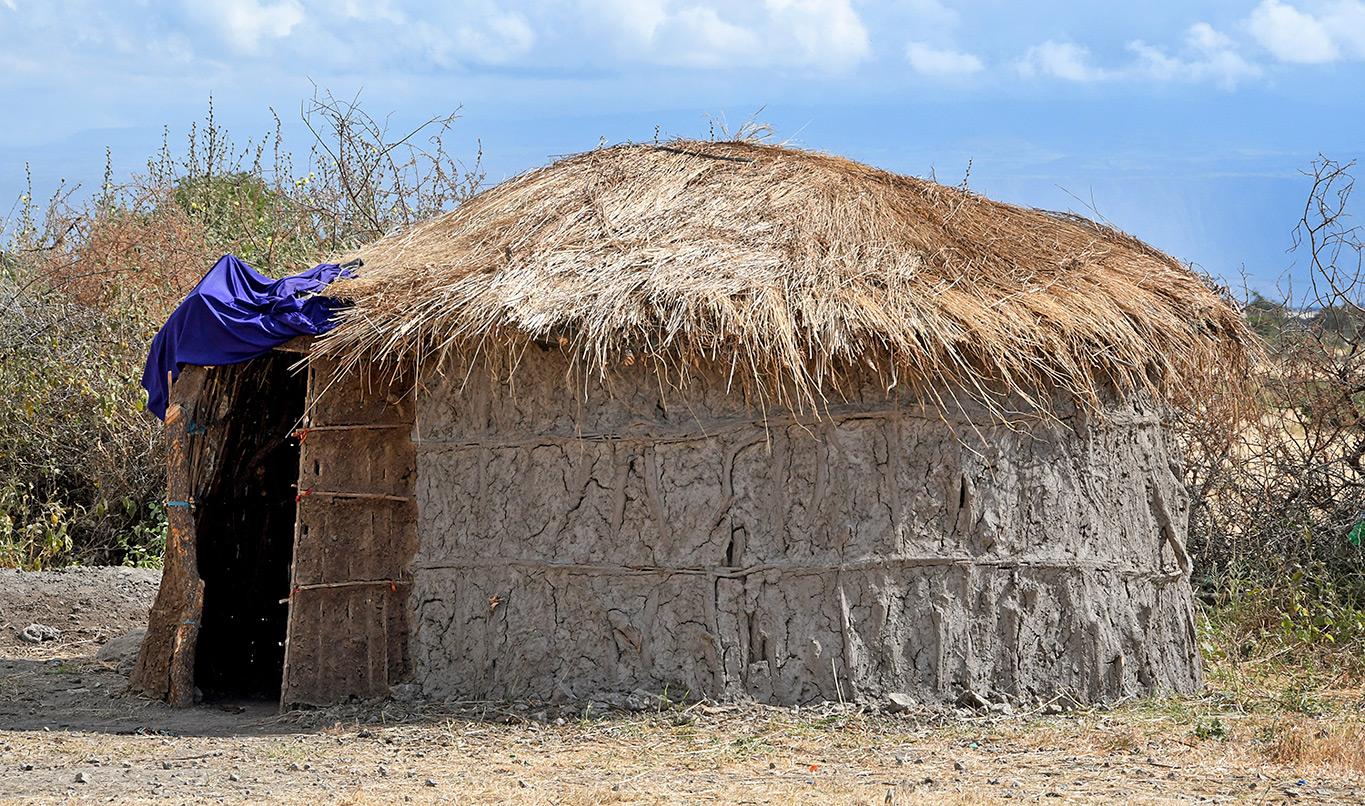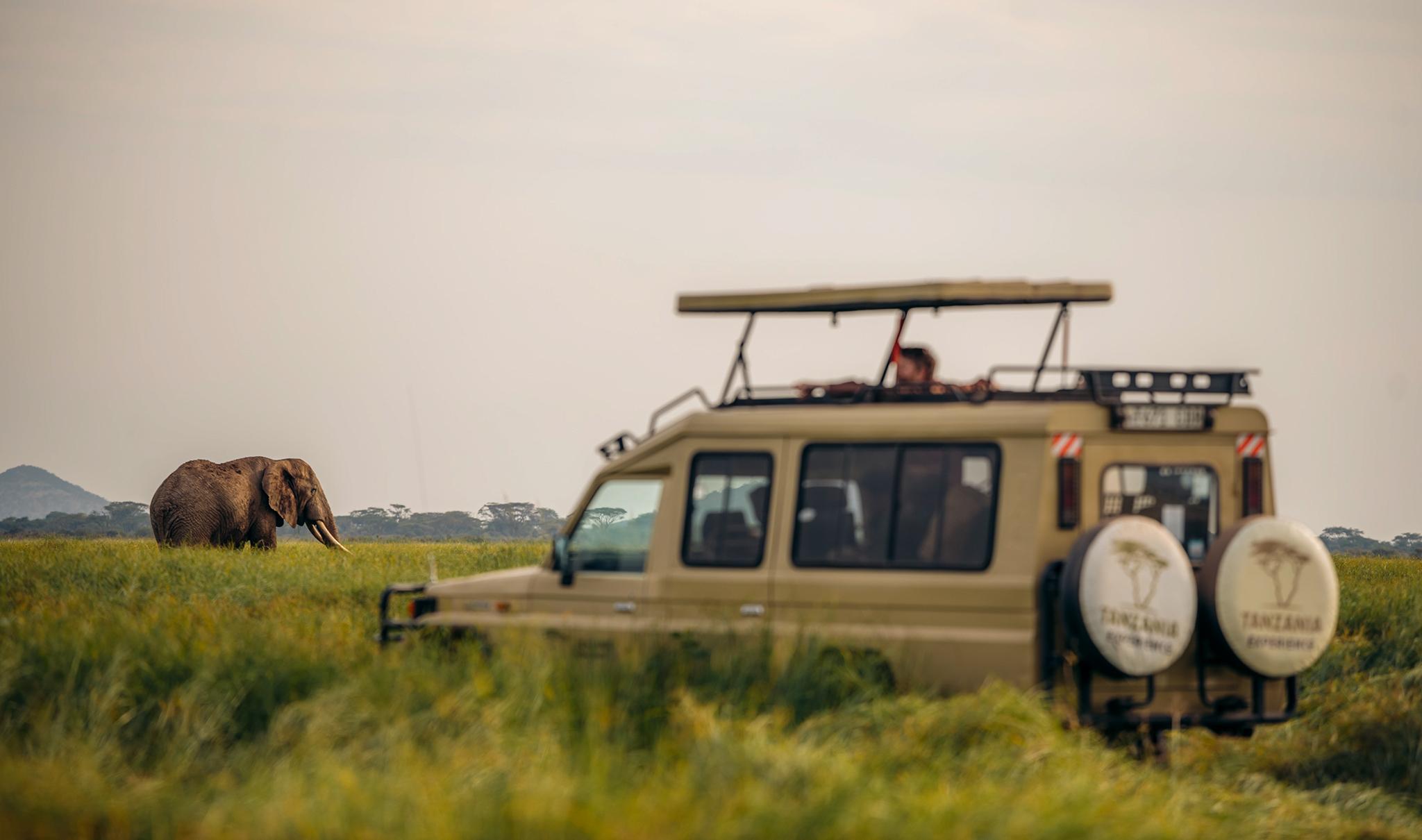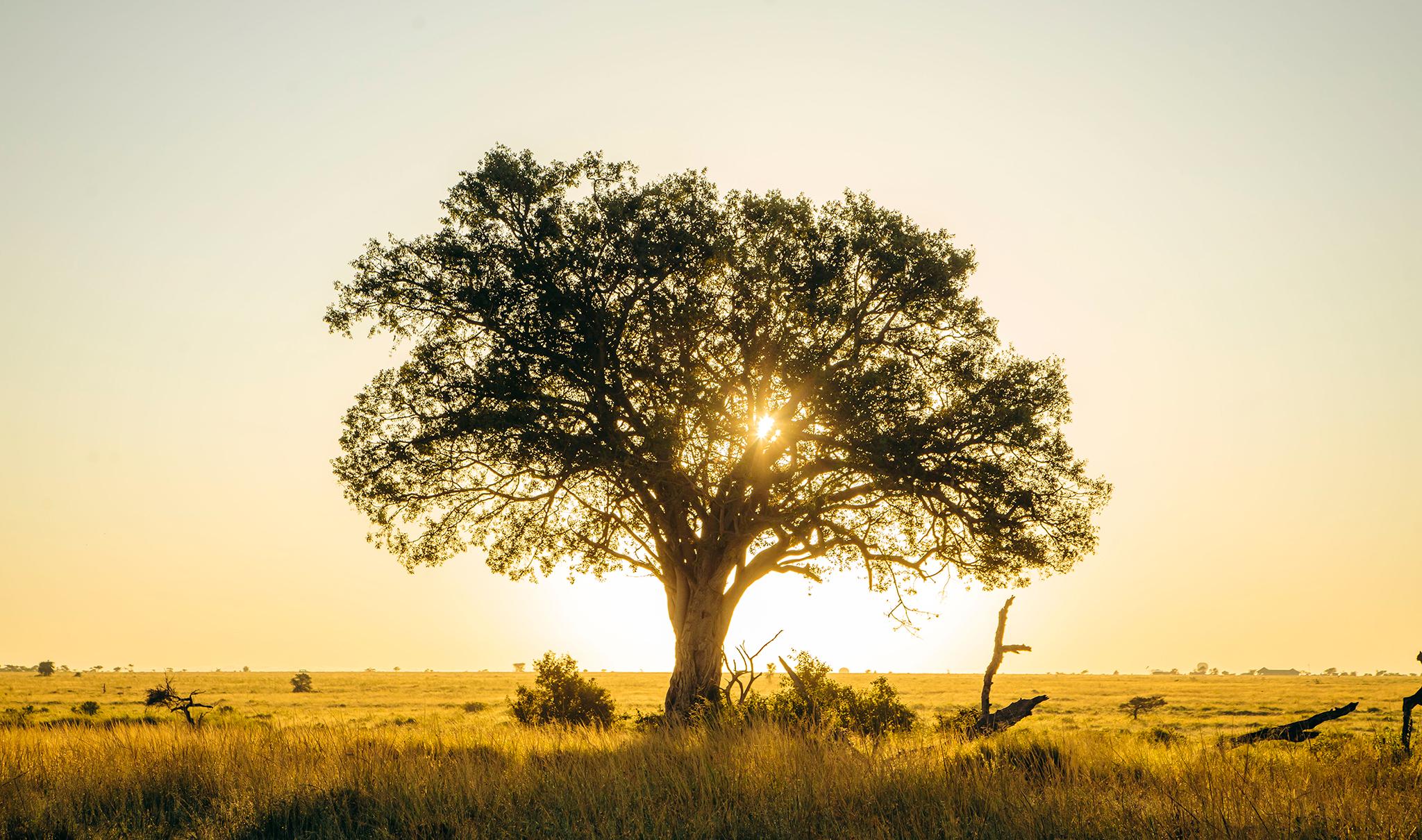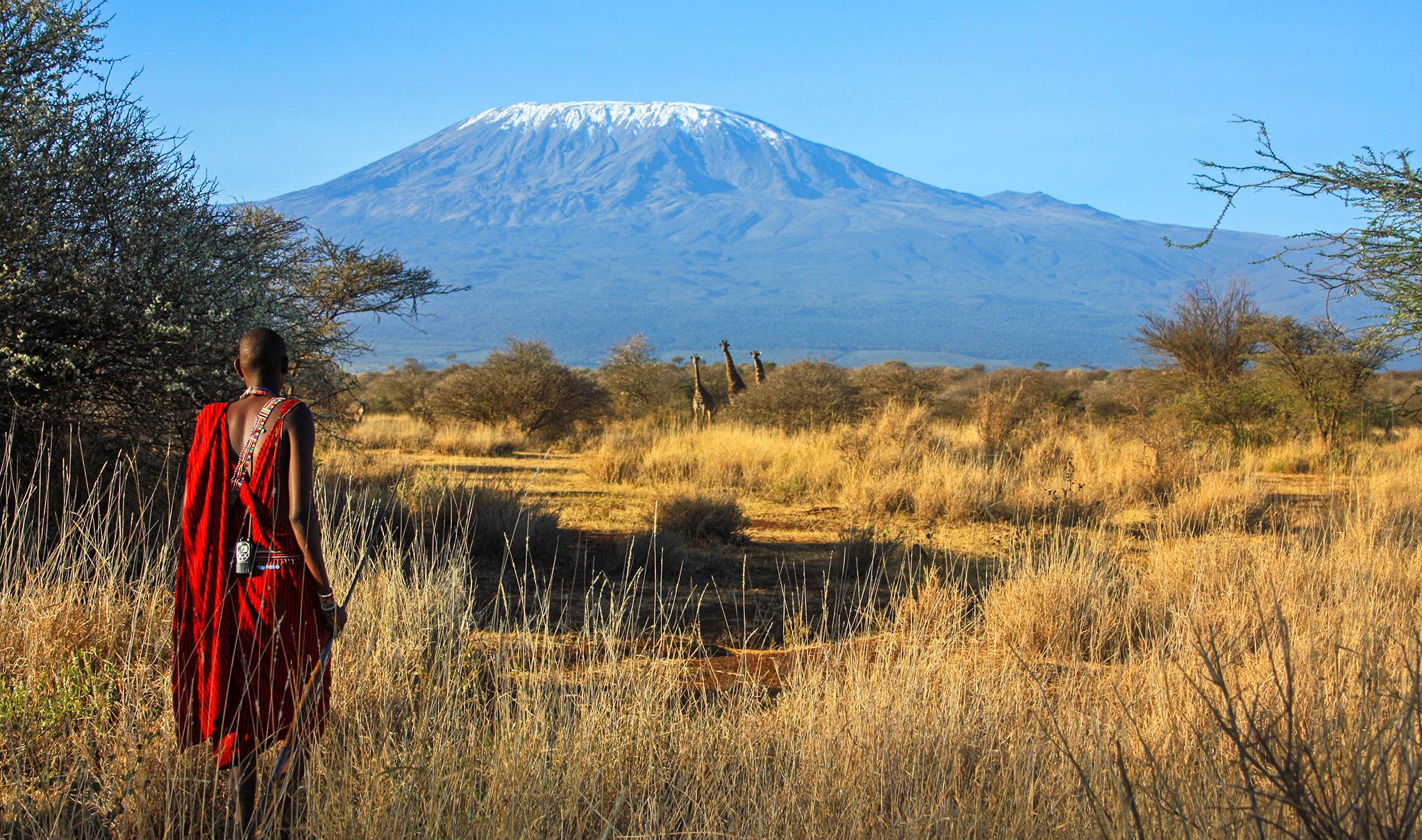The Maasai are one of the best known tribes in Tanzania. By nature, they are nomadic livestock herders and move to greener pastures as need be.
Cows play an extremely vital role in their day to day lives and the Maasai believe that God gave the them all the cattle in the world and that cattle represents a sacred bond between man and God. There is a strong hierarchy amongst the Maasai and each individual has his or her place within the community.
But today I want to talk about housing and shelter in the Maasai culture. Due to the fact that the Maasai have to be ready to move at any given time, their houses are built to be temporary.

Interestingly, the men are not responsible for building the houses but it’s the women who take charge of this duty. Only the pregnant and elderly women are excused from building duties. The elder ladies do however instruct and teach the younger generation on how to build good and stable houses.
All materials used for building are natural and collected from nearby areas. The huts are usually circular or oval shaped. The first step is to build the frame which is done by fixing gathered timber poles into the ground. Thereafter, the poles are interlaced with a lattice of smaller branches which are then plastered with a mixture of water, mud, cow dung and even human urine. Finishing touches are done with a mix of cow dung and water.
The next step is the roof, which is also plastered with cow dung and then covered with grass that is collected in the bush. The cow dung is what makes the roof waterproof.
Roughly 3 x 5 m in size and with a height of approx. 1.5 m the houses are generally quite small. But they serve their purpose and families cook, sleep, eat, socialises and store reserves, fuel and even small livestock in there. It is very dark inside as apart from a few tiny round holes in the walls, there are no windows. There are usually 2 beds – one for the parents and the other for the children. Each woman is responsible for her own hut and she is also in charge of renovations. The building process can take anything from a few days to a few weeks and depends on how many helpers there are and if all the material is available.
All houses together make up a boma that is usually surrounded by a large thorn fence. In addition, a much smaller thorn fence is built in the midst of the huts where the livestock can safely rest at night.
 on Tripadvisor
on Tripadvisor





so, what are they called (in local language & how is it pronounced)?
Hello Seve,
A house or hut is called enkaji in Maa-language. It is pronounced as it is written
(i like in ink). Enkajijik (plural) make up a traditional Maasai Boma.
How long were the huts used only for Cattles? Or was it meant for humans and cattle?
Dear Savvy,
huts were used mostly by humans only. Huts are forming a Boma and in the middle of the Boma is a fenced area
to keep the cattle at night to protect them from predators. During the day time they were out grazing.
Describe the environment when torrential storms hit. Are the huts sealed enough to keep out flooding waters?
Dear Mary,
Maasai have been living in mostly semi-arid areas. Therefore to seal huts to prevent water in case of torrential storms was not the priority. Many houses were rather temporary constructions in the past.
How high is a hut?
How wide and how long is the hut?
Describe the shape of the door.
How long do the huts last for?
They can last under normal circumstances a couple of years. They are built in arid regions and have been abandoned by the pastoralists in the past, upon return the huts have been refurbished to give them shelter.
Why are the insides of the hut so dark?
Hello Ava,
probably because they haven’t got windows to keep out the heat but a fireplace inside with the smoke passing through the roof.
They have no fireplaces.
Hello there
I’m from South Africa and would like to know if it’s possible to marry a maasai woman.
How do I go about it?
Hello Lucas,
well in general Maasai women are like any other human being and can get married to a person that cares for her.
Not all Maasai live the traditional way and intermarriage occur, especially in urban areas. But before a wedding can take place the groom pays traditionally a bride price like found in other tribes on the African continent.
In Maasai culture that would mean to better prepare a couple of cows and what else the elders decided…
What is the name of the woman who make that hut
Hi, I have spent some time with Maasai in Tanzania. First of all the woman lives in her own hut with the children and the husband has his own hut nearby. Secondly to marry a Maasai girl you would need to pay her father between 6 and 10 cows, but they are not keen on intermarriage.
Do the huts get overheated in the summer? How do they keep them cool?
Wow that is. Very interesting
Thank you for sharing
Why they put the doors too low such that one has to bend while entering?
What is the name of the grass used for thatching?
They put low doors that you should bend while entering just because the huts also are very short too.
The name of the grass called orkujita
How many huts are there in a typical Maasai village?
Dear Tim,
thank you for your interest in the Maasai culture. We would say a Boma consists in average of 7-10 huts. However the size of a Boma depends on various factors such as how many wifes the leader of a clan has etc.